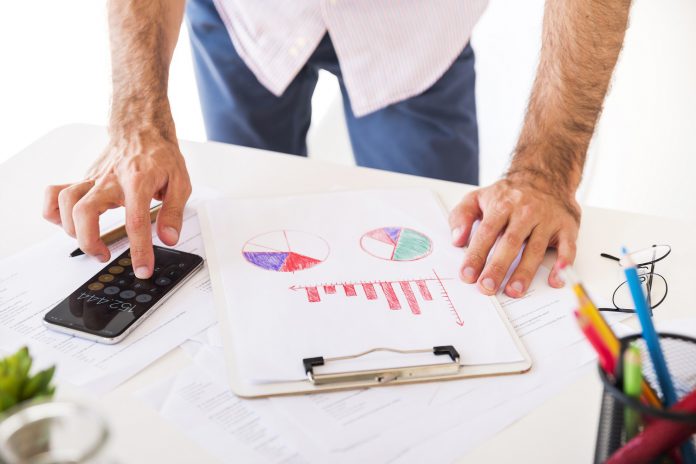Debt can often cause sleepless nights. The stress of the burden of debt feel like you’re carrying an extra person around on your back. Many people struggle with the question of ‘How can I reduce my debt?”. The solution is never an easy one and not a one-size-fits-all solution, but there are a few helpful debt reduction strategies that you can make the best use of.
- Keep track of your spending
Most people assume we are aware of where we spend our money, but once we track our expenses we will be surprised to know where our money is going every month.
An easy to cultivate this habit is to start tracking your expenses at least for a week to get a better picture of your spending habits. You can use a good old notebook or a spreadsheet and there are apps to make this process easier and effective.
- Get back to Basics and Create a Budget
Budget your income and expenses, be pragmatic, and set objectives that make sense and create financial stability for you or your family. Basics rules to keep in mind are: Do not spend more than you earn each month and Money you earn is money you save.
A budget helps you to have a spending plan that permits you to determine how your income will be assigned and spent. Always remember to keep money separately for essentials like food, housing, mode of communication, and utilities. Next comes the allocation of funds for crucial debt payments. A balanced budget should also have room for unexpected expenses, savings, and entertainment. A family’s expenses like school expenses and living expenses must also be considered to avoid further snowballing of debt by credit.
- Debt Avalanche and Debt Snowball
Debt Avalanche: Paying off debt with the highest interest rate first and then paying off debt with a lower interest rate in order. For example,
• 25% Credit card
• 22% Personal loan
• 7% Auto loan
• 6% Student loan
• 5% House Loan
By using the above method, you are paying less interest over time and you will continue making minimum payments on your other debts as well, and you will assign excess cash toward your priority debt.
Debt Snowball: Paying off debt with the lowest interest rate first and then paying off debt with a higher interest rate in order. Once you clear the low-balance debt you will pay the next lowest debt.
This method of repayment helps you decrease the number of debts, gives you an edge, and keeps you motivated on the repayment journey.
The same example as stated above can be considered but with the debt amount.
• 1,000 Credit card
• 1,500 Personal loan
• 10,000 Auto loan
• 35,000 Student loan
• 150,000 House Loan
When you compare the list didn`t change much because low-interest debts like car loan repayment and house loans are paid over a longer duration of time than other items in the list which would ideally be paid off monthly.
- Dedicate unexpected financial income to your debt.
It is always easy to spend unexpected sums of money that you receive on fun things like going on a vacation with the family or buying a car or a new smartphone model you’ve been awaiting. If you’re in a lot of debt knee-deep, it is always wiser to utilize the extra money to cut down debt.
It is also advisable to use inheritance, tax refund, or work bonus to pay down your debt and by doing this a lot of interest that you would have to pay otherwise could be saved in the long run.
What next after being debt-free?
It is a difficult task to be debt-free, so it is crucial to cultivate better financial habits so you don`t find yourself way back in the same situation. Keep away from debt by monitoring your budget, growing your savings, and finding avenues to increase your income.
Dealing with debt might be overwhelming, therefore weigh all your options carefully and be aware of their pros and cons. If you need any help to work out a plan to reduce debt, don`t ever hesitate to consult a financial advisor who will chalk out strategies for you to reduce and eventually be debt-free.




